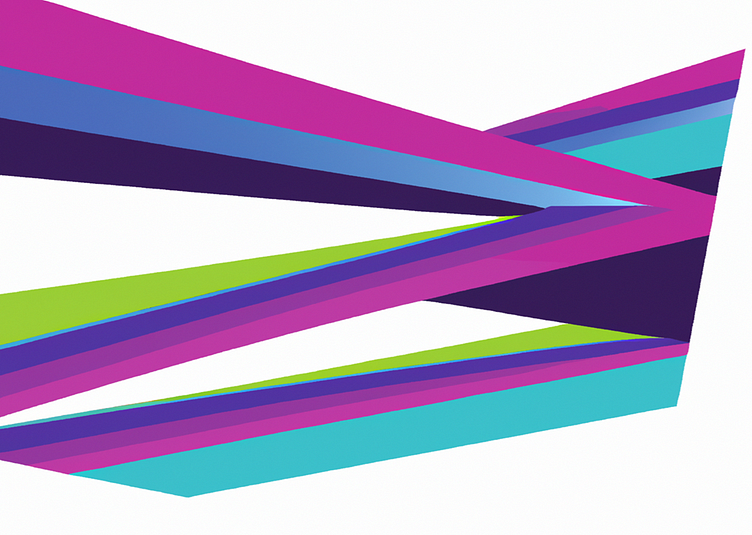Design Thinking Process
Design Thinking Process
Introduction:
A certified Google UX designer with a track record of designing mobile and responsive products. Specialize in providing UX design services for small and medium sized businesses. I spent my career honing my user-centered design process. My work can be viewed on my portfolio website at alfianux.com. In this design thinking process, I outline the process.
Process:
The UX design process follows common UX best practices. Each project is completed in five key phases:
Empathize
User interview
Empathy map
User persona
User stories
User journey map
Define
Problem statement
Hypothesis statement
Goal statement
Ideate
Competitive audit
How might we
Rapid sketching
Prototype
User flow diagram, storyboard, and sitemap
Paper and digital wireframe
Lo-fi prototypes with connected wireframe
Test
Plan usability study
Conduct usability study
Synthesize and prioritize usability study result
Apply those results in modifying design
Phase 1: Empathize
Empathizing is a crucial first step and a vital element throughout the whole process because it enables designers to connect with users and deeply understand their pain points and goals. This kind of deep understanding will help to create products that will be meaningful and engaging for users in the long term. It will also help you build a design that will resonate with users.
Phase 2: Define
Reviewed how to do foundational empathy work for the current design project, including interviewing users, developing user personas, and mapping out user experiences and pain points. This is the next phase of the design thinking process, where defining goals for the design project.
Phase 3: Ideate
In the ideation phase of the design thinking process, the first goal is to imagine as many creative solutions as possible. Some key ideation activities include competitive audits, how might we, and rapid sketching.
Phase 4: Prototype
When prototyping, designers often start with basic sketches or outlines of a product’s user flow and information architecture. From there, designers typically work up to more detailed prototypes that simulate the product’s user flow.
Phase 5: Test
It’s time to test and modify those prototypes based on user feedback. Effective UX design is intensively iterative from start to finish, and nowhere more so than in the testing phases of the process. When designers create prototypes, I typically go through multiple rounds of designing, testing, and modifying to arrive at designs that work best for users.
